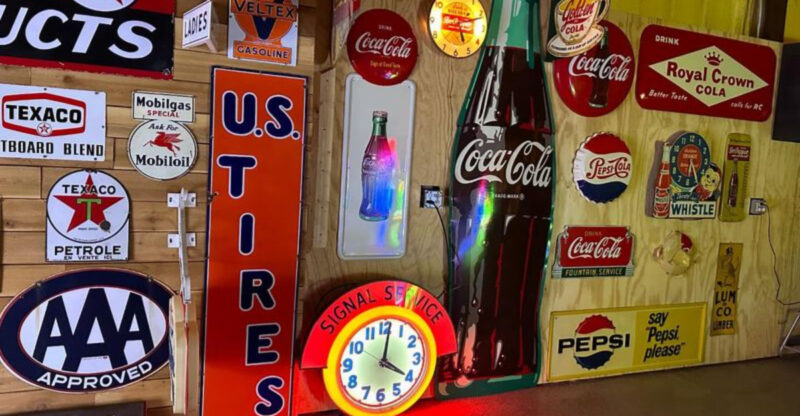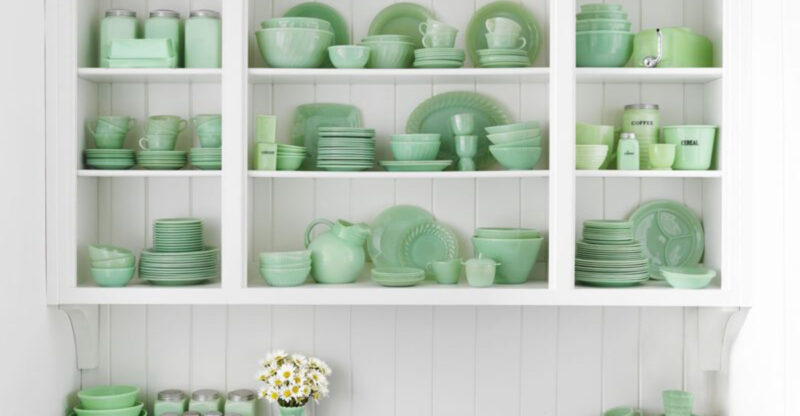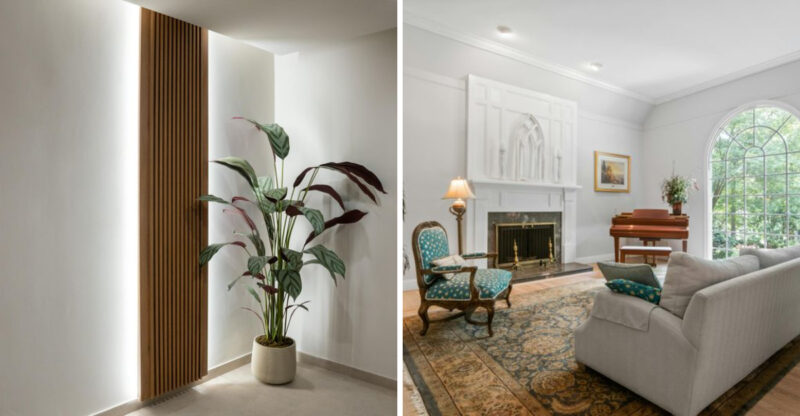The Vintage Wood Furniture You Can Find That Could Be Quite Valuable (If You’re Lucky)
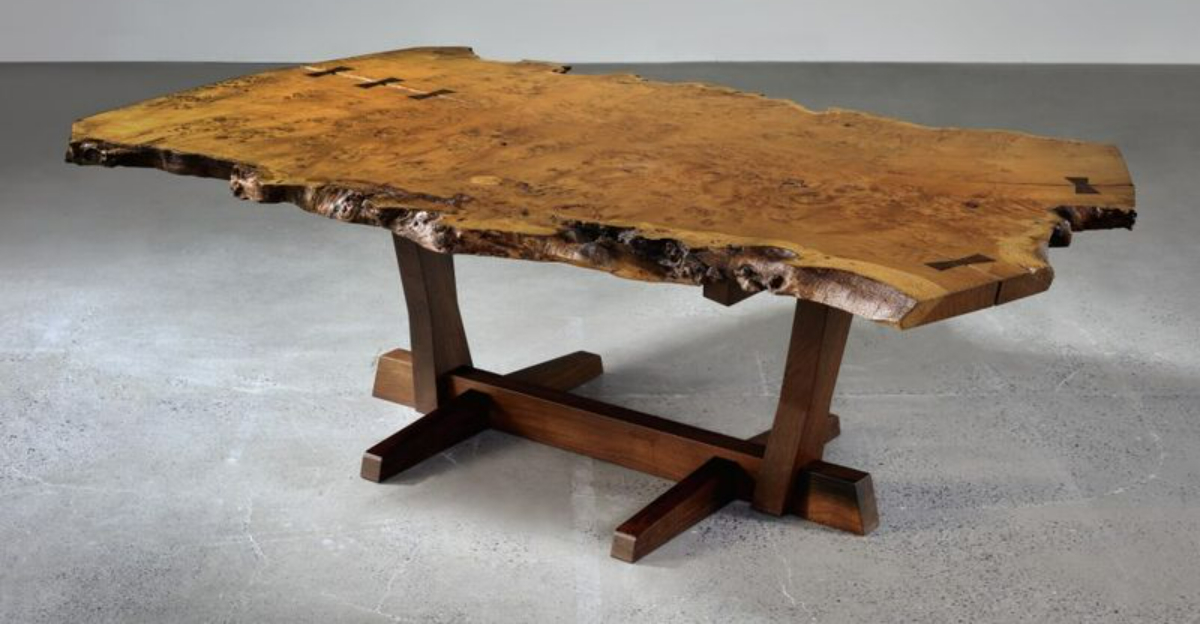
Ever wonder if that dusty old dresser in your grandma’s attic might be worth something? Vintage wood furniture can be a hidden treasure trove for the eagle-eyed thrifter or estate sale enthusiast. From mid-century modern pieces to Victorian antiques, certain wooden furniture items command impressive prices in today’s market.
I’ve put together this guide to help you spot potentially valuable wooden gems during your next secondhand shopping adventure.
1. Mid-Century Modern Teak Credenzas
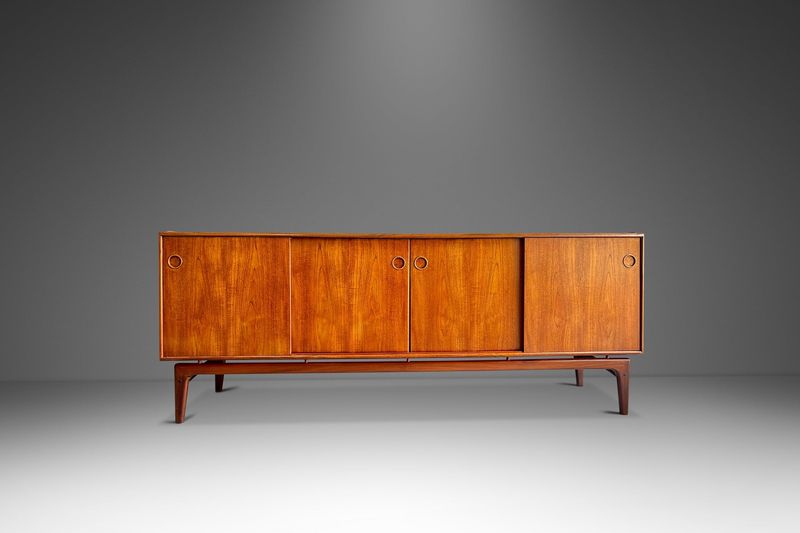
Sleek lines and minimalist design make these 1950s-60s storage pieces highly sought after by collectors and interior designers alike. Danish-made credenzas by designers like Hans Wegner or Arne Vodder can fetch thousands at auction.
Look for quality markers like dovetail joints and manufacturer stamps usually found on drawers or the back panel. Even unmarked pieces with authentic mid-century characteristics can be valuable.
The warm honey tones of well-preserved teak develop a beautiful patina over time that’s impossible to replicate in modern reproductions.
2. Eames Plywood Chairs
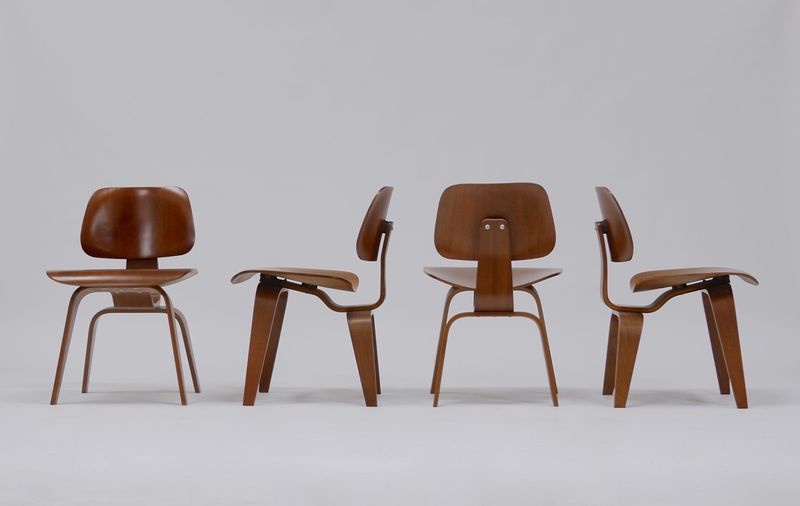
Revolutionary when introduced in the 1940s, these molded plywood chairs designed by Charles and Ray Eames represent American modernism at its finest. Original DCW (Dining Chair Wood) models produced by Herman Miller carry significant value.
The graceful organic curves achieved through innovative plywood molding techniques were groundbreaking. Early examples often have a warm, amber finish that has deepened beautifully over decades.
Flip the chair over to check for manufacturer labels or stamps that authenticate its origin.
3. Craftsman-Style Mission Oak Furniture
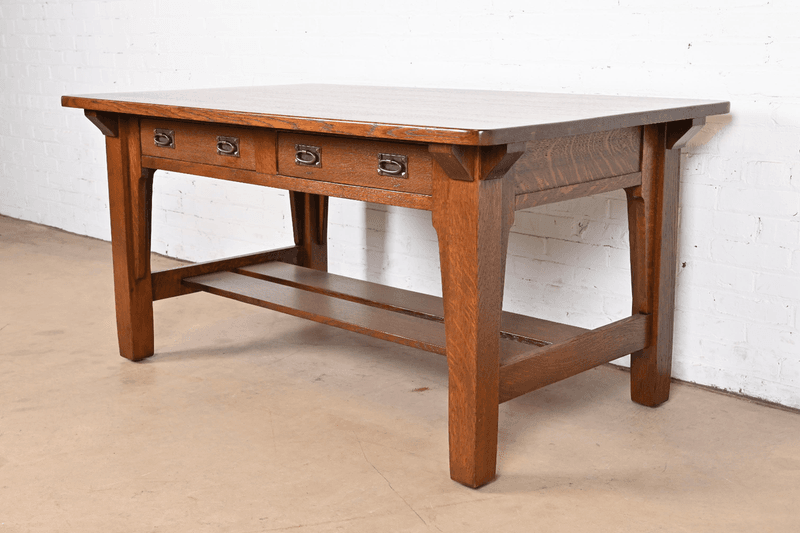
Characterized by straight lines, exposed joinery, and quarter-sawn oak, these early 20th century pieces embody the Arts and Crafts movement’s response to Victorian excess. Furniture made by Gustav Stickley commands premium prices, especially pieces with the original finish intact.
The distinctive “tiger stripe” grain pattern of quarter-sawn oak is a hallmark of quality Mission pieces. Check for Stickley’s branded mark a joiner’s compass with his signature.
Even lesser-known manufacturers like Limbert or Lifetime can be valuable finds for collectors.
4. Art Deco Walnut Vanities
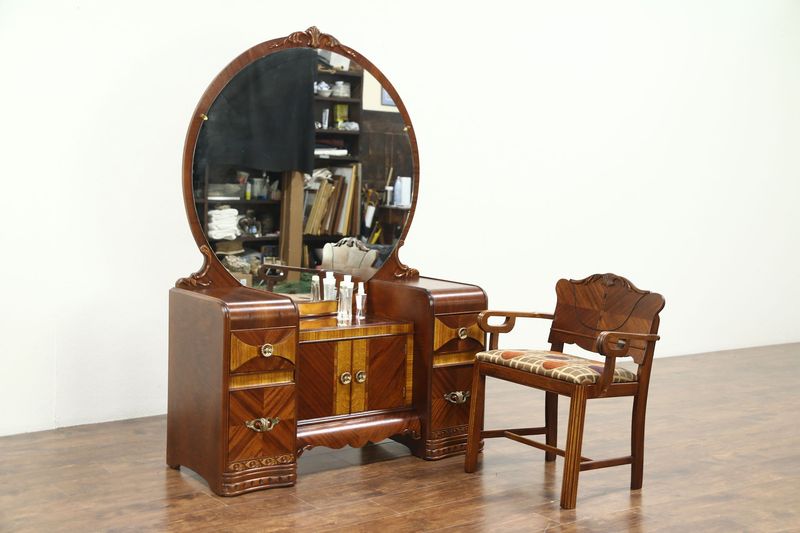
Glamorous and bold, Art Deco vanities from the 1920s-30s feature dramatic waterfall edges and exotic wood veneers that capture the era’s fascination with luxury and modernity. The curved forms and symmetrical designs reflected the period’s optimism and forward-thinking attitude.
Many pieces incorporate striking burled walnut or bird’s eye maple veneers arranged in sunburst or geometric patterns. Original hardware often made of Bakelite or chrome adds significant value.
Keep an eye out for manufacturers like Heywood-Wakefield or Lane, whose pieces are particularly collectible.
5. George Nakashima Live-Edge Tables
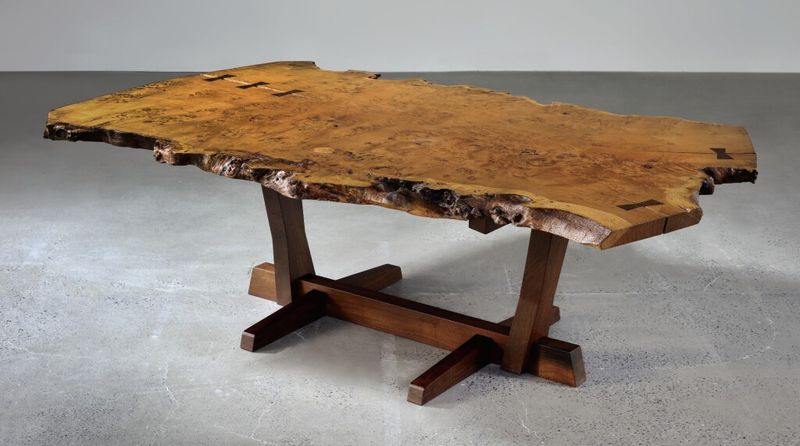
Raw, natural edges contrasting with refined woodworking define Nakashima’s revolutionary approach to furniture design. His philosophy of revealing the soul of each tree transformed furniture making in the mid-20th century.
Authentic Nakashima pieces often feature butterfly joints that stabilize natural cracks in the wood functional elements that become beautiful design features. The wood’s natural character is celebrated rather than hidden.
Provenance is crucial for value, so documentation from Nakashima’s studio or receipts can multiply a piece’s worth exponentially.
6. Shaker-Style Cherry Cabinets
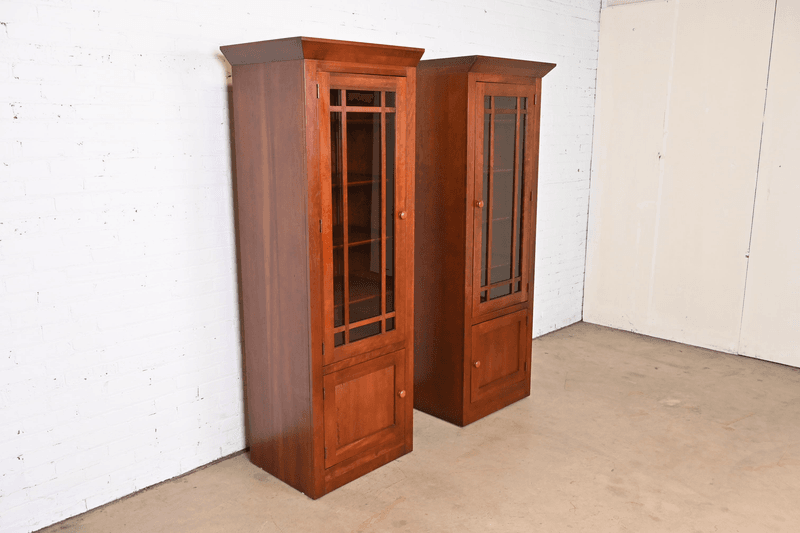
Simplicity meets exceptional craftsmanship in these understated pieces that have influenced furniture design for over two centuries. The Shakers believed that making something well was an act of prayer, resulting in furniture of extraordinary quality and durability.
Cherry wood was favored for its warm color that deepens to a rich reddish-brown over time. Authentic Shaker pieces feature perfect proportions, minimal ornamentation, and innovative storage solutions.
Original Shaker-made furniture is incredibly rare and valuable, but even quality reproductions from the early 20th century can command high prices.
7. Victorian Burl Walnut Secretaries
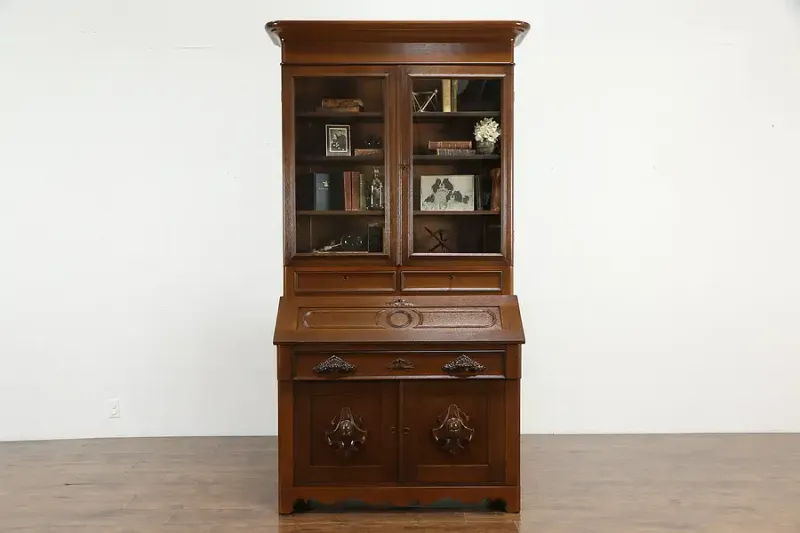
Ornate yet functional, these 19th-century desk-bookcase combinations showcase the Victorian love of elaborate detailing and complex forms. The rich, swirling patterns of burl walnut veneer create natural artwork on these impressive pieces.
Secret compartments were common features, adding both practicality and mystery. Look for original glass in the bookcase doors and intact interior organization systems with small drawers and cubbies.
Cylinder-front models with tambour roll-tops are particularly prized by collectors for their mechanical ingenuity and distinctive appearance.
8. Federal-Style Mahogany Sideboards

Dating from America’s early national period (1780-1820), these elegant dining room pieces reflect the young nation’s aspiration toward refinement and classical ideals. The finest examples feature inlay work in contrasting woods creating decorative borders, medallions, or patriotic motifs.
Genuine period sideboards have developed a deep, almost translucent patina that modern reproductions cannot duplicate. Brass hardware should show appropriate age and wear.
Attribution to well-known cabinetmakers like Duncan Phyfe or Samuel McIntire can increase value dramatically, though even anonymous pieces of quality construction are highly collectible.
9. Kittinger Colonial Williamsburg Reproductions
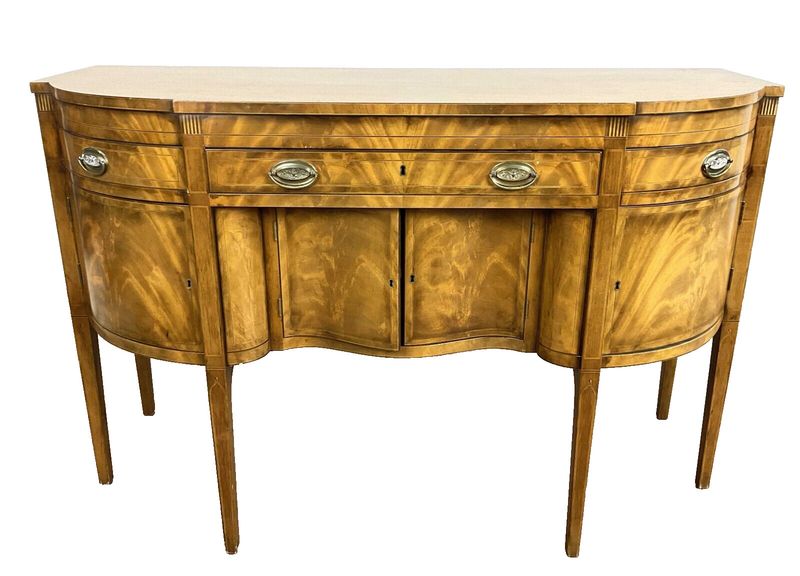
Unlike most reproductions, these meticulously crafted pieces from the mid-20th century have themselves become valuable collectibles. Kittinger’s exclusive license to reproduce Williamsburg pieces resulted in furniture of extraordinary quality that often surpassed mass-produced antiques.
Solid mahogany construction, hand-cut dovetails, and historically accurate finishes distinguish these pieces. Each item bears the CW (Colonial Williamsburg) stamp and Kittinger marking.
The company’s bankruptcy in the 1990s ended this legendary production run, making these pieces increasingly rare and sought after by knowledgeable collectors.
10. Scandinavian Pine Country Furniture

Rustic yet refined, these 18th and 19th-century painted pieces from Sweden, Norway and Denmark bring folk art charm and historical significance to modern interiors. The original paint often in soft blues, greens, or warm ochres is crucial to value.
Many pieces feature decorative folk painting techniques like rosemaling, with floral motifs and scrollwork adding character and regional identity. Country dressers, cupboards, and benches were designed for practical farmhouse use but crafted with surprising sophistication.
Signs of authentic age include wear patterns consistent with use and hand-planed surfaces visible under the paint.

